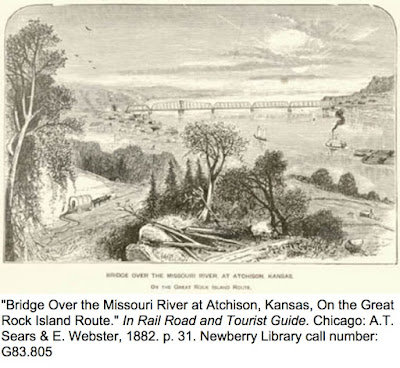In April 1864, the Confederates took Plymouth, North Carolina, where Captain Marvin's recruiting station was located. On the morning of the final attack, Captain Marvin and the men under his command manned the breastworks guarding the western part of the town. The combination of the Confederate ram Albemarle, firing into the Union position from the river and an assault by Brig. Gen. Ransom's brigade on the town's eastern defenses forced the Union command to surrender. When the Union General offered to surrender Plymouth "if the negroes and North Carolina soldiers would be treated as prisoners of war," his proposal was refused. By 10:00 a.m. he was forced to surrender unconditionally. Witnesses who escaped claimed that over the next day. the blacks captured in uniform were hung, shot or bludgeoned to death. Others were returned to slavery. Captain Marvin was captured and a rumor said he "was compelled to dig his own grave." He was imprisoned for ten months.
The accounts of the actions of the rebels at Plymouth towards the colored troops convinced the other North Carolina regiments to succeed or fight to the death. "Better to be killed fighting to the last man than tortured to death after surrendering."
When Captain Marvin was paroled/exchanged on February 26, 1865, he learned his younger brother, still serving with the 85th New York, had died of exposure in North Carolina. After his ordeal Hiram was in the Officers Hospital in Annapolis suffering from poor health and mental weakness, described as cathectic. The doctor recommended a change of climate.
Captain Marvin's letter of resignation May 18, 1865
Courtesy of National Archives and Records Administration
In 1862 the Pacific Railroad Act provided for construction of railway from the Missouri River to the Pacific. The Missouri Pacific Railroad had reached Kansas City in 1865. Two years later, construction began on the first rail bridge over the Missouri River, the Hannibal Bridge in downtown Kansas City, completed in 1869.
In 1872 and 1873 H. L. Marvin worked as Chief Engineer for Kansas City. He also worked for the railroad, including the Council Bluffs and Union Pacific, and for Union Pacific's southern branch, the Missouri Kansas Texas Railroad. During his tenure with the Atchison Topeka and Santa Fe Railroad, Hiram was the chief engineer on the Atchison Bridge over the Missouri River, completed in 1875.
By 1874 his older brother James and family had joined Hiram's family in Lawrence, Kansas. James had accepted the position of Chancellor of the University of Kansas. At the time there were 200 students; that number tripled by the end of his tenure.
Reverend Dr. James Marvin
In 1884 H. L. Marvin submitted to Kansas Southern his detailed study of several potential routes through Indian Territory to North Texas for a railroad route "upon the basis of one per cent maximum grade and without excessive work or cost." With no crystal ball to foresee the impact of the oil industry, he wrote, "Tulsa is of little importance. The location is not suitable for a large town." Marvin favored the line from Arkansas City south to Gainesville through Unassigned Lands which appeared to be the first tract that would be opened to white settlement.
The base lines for three potential railroad routes.
Marvin's young nephew, Frank O. Marvin, had the post of assistant on superstructure on tracklaying and bridge building. He would recount the hardships and perils of his early years building railroad through Indian Territory, including heat, cholera, malaria, and mosquitoes. The men "cussed the Indians, the flies, the sun, the red-hot iron rail..." Frank went to the General Manager with tears in his eyes asking that the project be postponed for a month when conditions might improve, but time was of the essence.
H. L. Marvin surveyed and supervised the building of the railroad across what is now Missouri, Kansas, Colorado, Oklahoma, and Texas. At the time of his death he was working for the St. Louis, Kansas City, and Colorado Railroad. He died of pneumonia in Eldon, Missouri, in October 1901. He was the last surviving sibling in his family, his brother James having died in July. H. L. Marvin was buried in Elmwood Cemetery in Kansas City next to his son, Arthur, who had died at the age of seven months in 1880.
H. L. Marvin surveyed and supervised the building of the railroad across what is now Missouri, Kansas, Colorado, Oklahoma, and Texas. At the time of his death he was working for the St. Louis, Kansas City, and Colorado Railroad. He died of pneumonia in Eldon, Missouri, in October 1901. He was the last surviving sibling in his family, his brother James having died in July. H. L. Marvin was buried in Elmwood Cemetery in Kansas City next to his son, Arthur, who had died at the age of seven months in 1880.






No comments:
Post a Comment